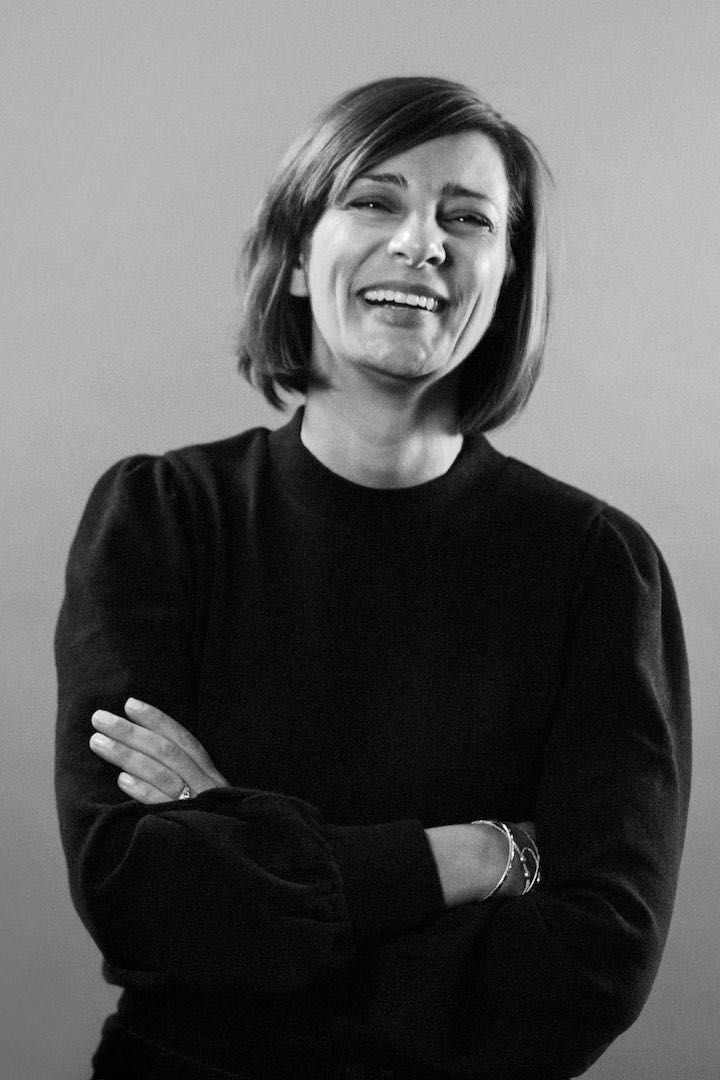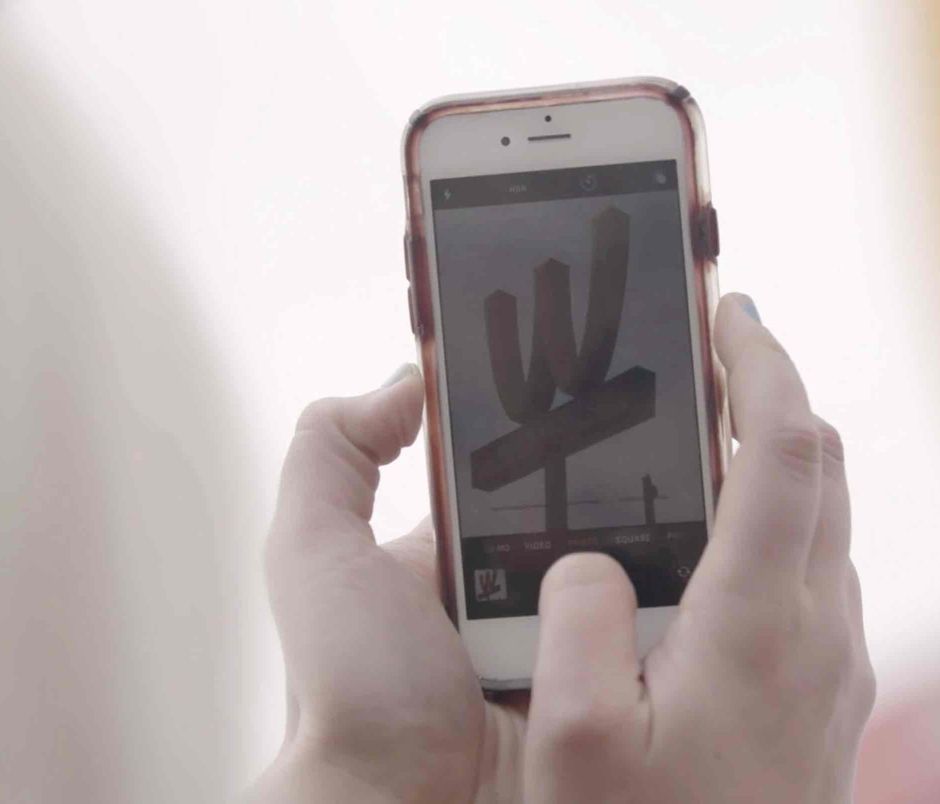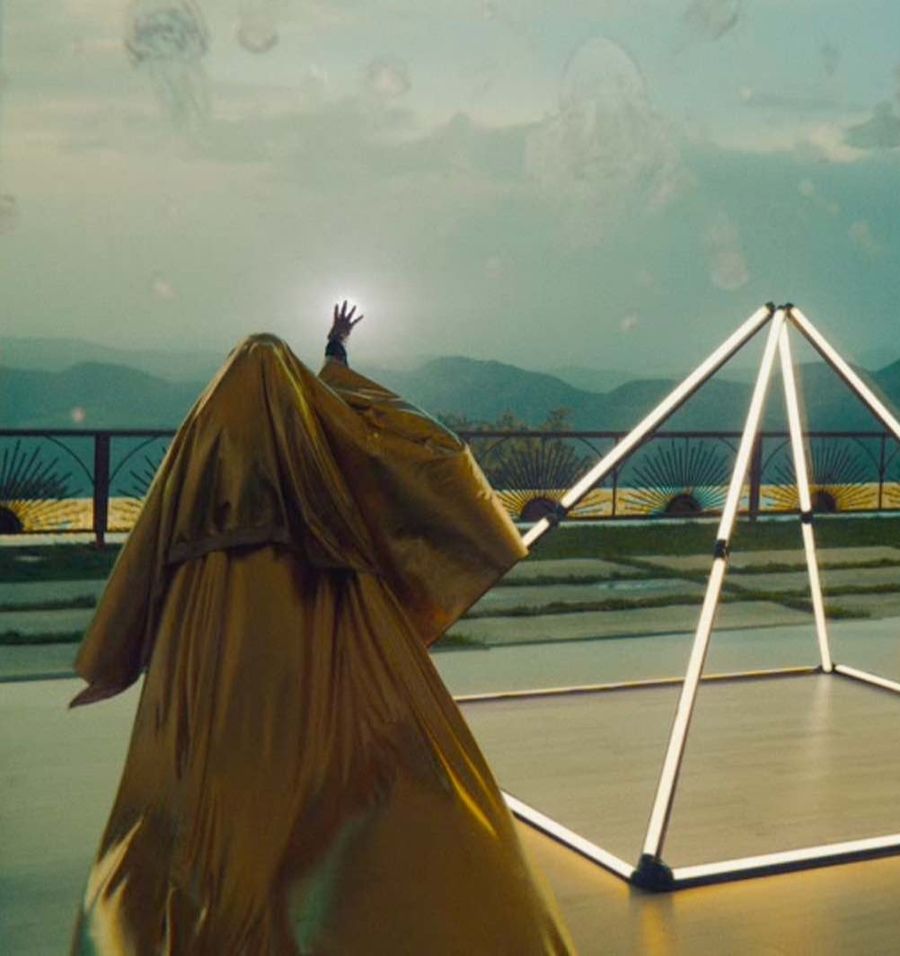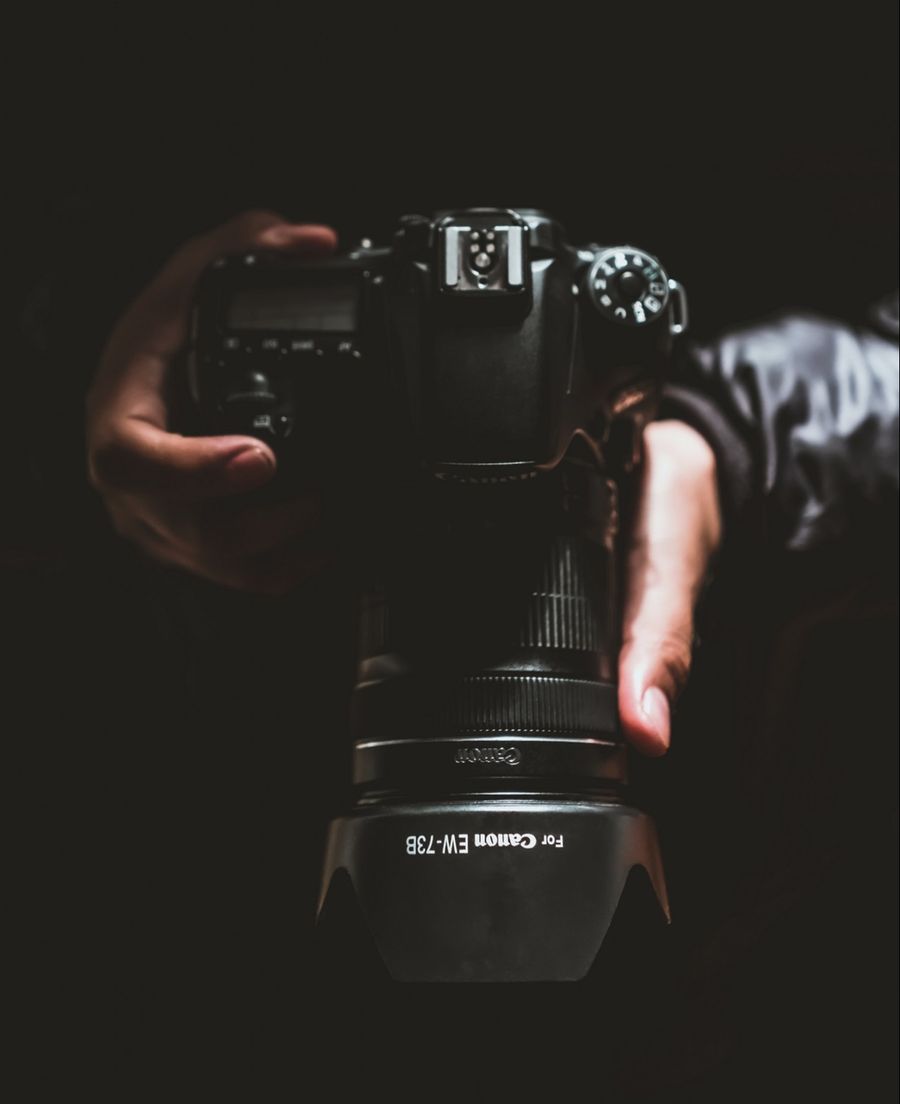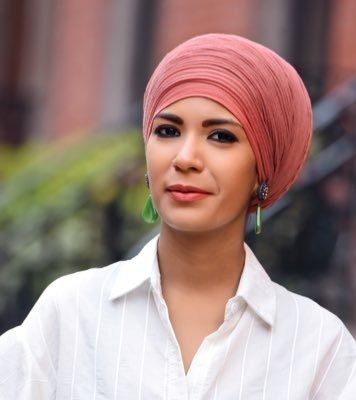It can be intimidating to get onto a call that could define your future inevitably, or at least your likelihood for the next few months. On an agency call, I’ve been on both ends of the receiver. It’s natural to be a bit nervous, but turn those nerves into drive. Or for someone like George Bush, the phone right-side up.
If you’re lucky enough to get a script/board/concept that’s brilliant, your emotions will speak louder than words. The other scenario is what is more likely to happen: a script/board/concept that they are looking to you to make brilliant. Good news is…THEY CALLED YOU FIRST!
The most important thing is to manage the purpose of each call. In the US, most agencies and brands require you to triple bid. They have consultants, unions, and audits to manage, which results sometimes in a competitive bid process and pre-bid approval with the client—hence, two calls.
Note: for perspective from the production company side, see Margo Mars’ take on the topic. Although she comes at it from a UK-specific perspective, it contains valuable information to make you as prepared as possible for a call with, well, my side of things.
Let's break it down.
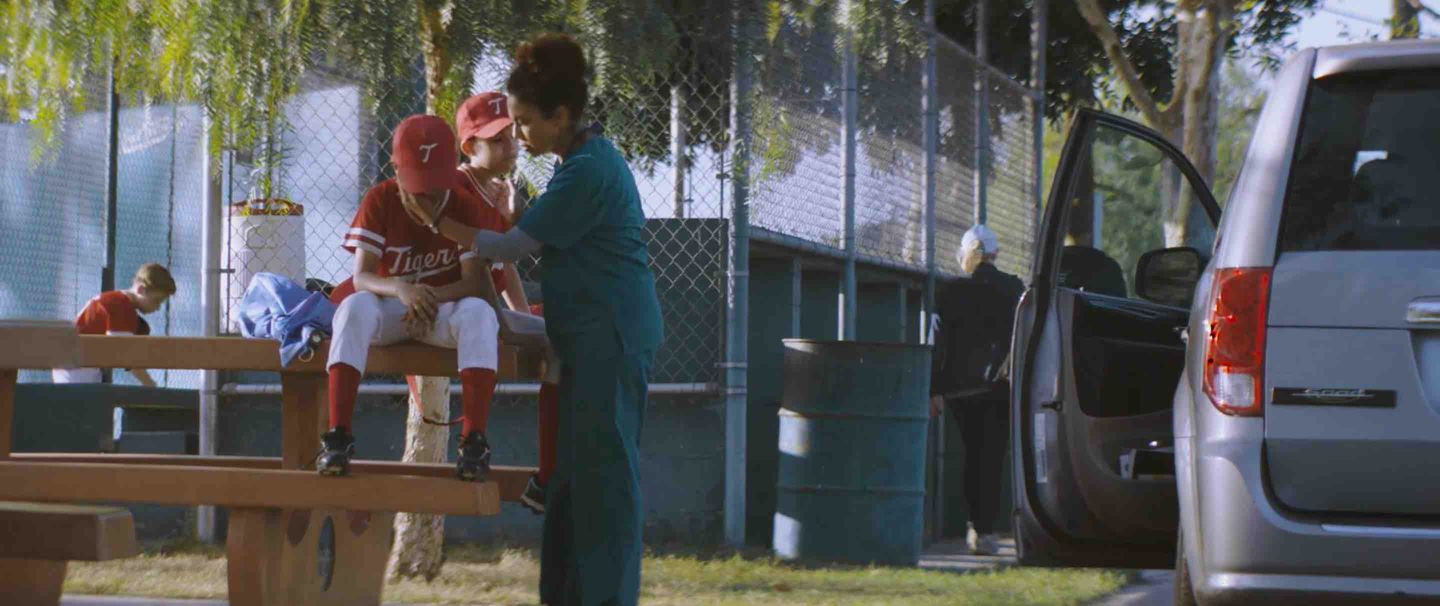
The first call: Tell your story.
The first call is the “pitch.” The agency knows you are interested in what they have, and they are ready to hear why. That’s it. You will get the verbal overview of the concept from the Creative Director, taking you through what their assignment was and any pertinent information from the creative brief.
Let’s face it, we’re all thinking, “Who the fuck are these people?” One answer: it doesn’t matter. The real answer: you probably should know.
Typically on a first call, you have all the players. Sometimes you have the Chief Creative Officer, whose position is to gain confidence in their teams’ decisions and maintain creative integrity. However, you will always have the ECD (Executive Creative Directors) along with the creative team that wrote the spot. Then, there’s the producer. The producer is the linchpin between the production company, directors, agency, and the client. A good producer will help guide the call. Where a creative’s brain is focusing on your enthusiasm and added value to their script, the producer’s brain is focused on not only your added value but managing the realities of time and budget.
Remember: Your language around articulating your passion and collaboration is what grows the agency’s confidence in you. Be you.
What’s more, address any hesitations in this first call. This could mean there could be a language barrier or another cultural difference. Know your audience, including the brand. This is the call that will launch you into your treatment.
"I’ll say it again: BE YOU."
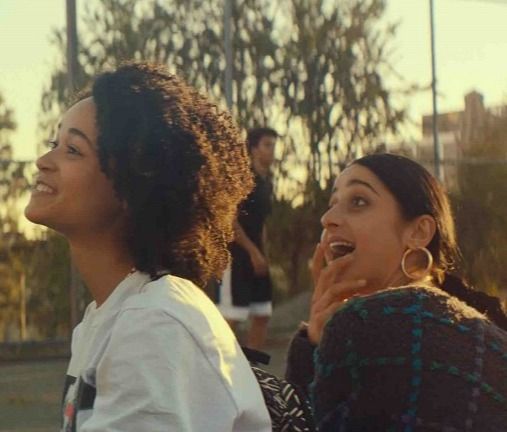

The second call: your treatment.
This call is for the team; however, you wear the crown. It’s an opportunity for the team to digest your thought-out display of the vision you have for the content being approached. (A note: the agency’s job is to get everyone in a room at the same time, which can be challenging, so don’t take it personal if it seems rushed.) You have 30-60 minutes to get your approach across so be specific. This is also a time when you will need to be the most flexible. Be accommodating to questions and feedback on your treatment, as gaving a confident, collaborative partner is everything. I’ll say it again: BE YOU.
"So stay patient and confident knowing you’ve given it all you’ve got."
Allow a day to a few days to hear back from the agency/client. In these days the producers are calculating the logistics, the consultants are dissecting the competitive bids, and the creatives are giving final thought to the approach or which approach best fits their goal or the ask. So stay patient and confident knowing you’ve given it all you’ve got.

BONUS TIP:
Use good visuals to help tell your story/approach. Share strong examples of previous work or a previz that supports you as a director. And something no one ever really tells you, sincere compliments go a looooooonnnnngggg way, so spread love. I love you, now knock em’ dead!!
